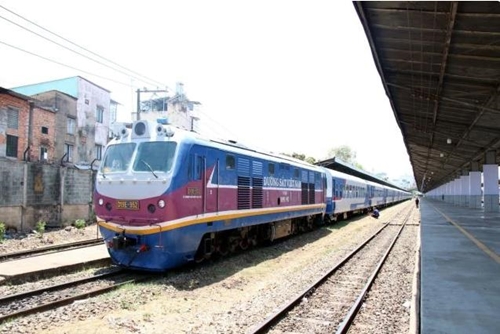The proposed changes aim to streamline operations, enhance efficiency and better serve the country's transportation needs.
Under the new framework, Vietnam's railway system would be categorized into national, local and specialized railways.
    |
 |
|
A train on the railway line connecting HCM City and Da Nang City |
The first would be managed directly by the Ministry, serving the transportation needs of the entire country, economic zones, and trans-national transport.
The second would be managed by local authorities, serving passenger transportation in urban areas, and passenger and cargo transportation within the boundary of a centrally-run city or province.
The third would be managed by organizations or individuals, catering to the specific transportation needs of those entities.
Regional railways are defined as a special type of local railways that pass through multiple provinces and centrally-run cities. For those, a lead locality would be designated to coordinate investment and management efforts.
The funds for building regional railways would be allocated among the provinces and cities based on the length of the railways that pass through each area or according to a mutually agreed-upon proportion.
The Vietnam Railway Corporation (VRC) currently oversees the country's network of railways, spanning more than 3,100 km and serving 297 stations.
The network includes 15 railway lines connecting 34 provinces and cities nationwide and two trans-national lines linking to China's railway system.
The VRC also manages the intricate infrastructure of bridges, tunnels and signaling systems associated with the railway lines.
Source: VNA